In this eye-opening premiere interview, I speak with Swiss activist Christian Oesch and German filmmaker Klaus Scheidsteger to discuss their groundbreaking documentary "Digital Dilemma." The film uncovers the invisible dangers of our increasingly wireless world and some shocking truths about electromagnetic radiation exposure.
One of the most startling revelations comes from the ATHEM3 study, which assessed oxidative stress and genetic instability from mobile radio frequency exposure.
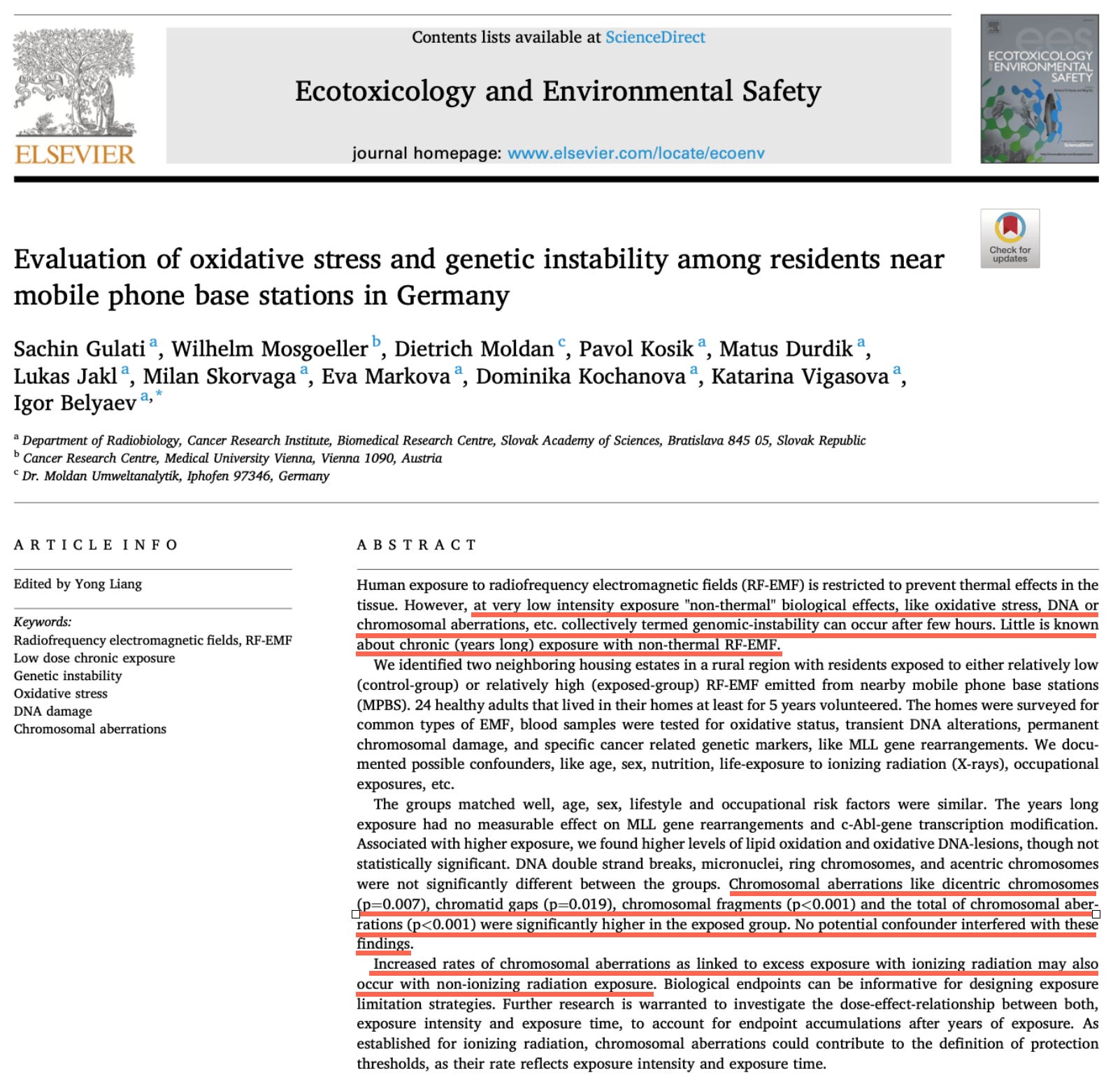
The study uncovers that everyday RF levels are 7.5 times higher than those permitted in nuclear power plants.
That’s right. If you and I were sitting in a nuclear power plant and got the above RF reading, we would be told to get the hell out. And yet, these are the levels that are found every day near cell antennas and our wifi-saturated environments.
Even more concerning, it was discovered that the International Atomic Energy Agency (IAEA) has been using biological limit values rather than physical measurements for decades, potentially masking the true extent of radiation exposure.
In other words, the study uncovered that the IAEA has been setting safety standards for decades based on biological indicators rather than direct physical measurements of radiation.
This means….
….. they've been basing their guidelines on how radiation affects living organisms instead of measuring the actual radiation levels in the environment. This approach may have led to underestimating the true extent of radiation exposure in everyday settings.
CHROMOSOMAL DAMAGE DETECTED
“When you hear that cell phone towers cause cancer, the first logical question is: How is that possible? The limits protect us!”
The Viennese researcher commented: "Yes, that's right, the ICNIRP (International Commission on Non-Ionising Radiation) limits for EMF/electromagnetic fields protect us from burns, but not from cancer . The IAEA has limits that can protect us from exposure-related cancer. However, the IAEA does not limit physical emissions (W/m²), but rather biological effects (chromosome damage), and these are precisely the effects we have found - exposure-associated.
To put it bluntly: Because it is not about overheating (ICNIRP) but about cancer, we use the experience (and rules) of the IAEA (International Atomic Energy Agency) to classify the findings.”
THEN THERE IS 5G
This is your DNA ( a blueprint for a living thing):
This is your DNA on 5G.
Think opera singer and a wine glass; the high frequency of the voice shatters the glass like 5G shatters your DNA.
Since frequency is measured in Hertz (Hz), which represents cycles or vibrations per second, we can directly translate these frequency ranges to vibrations per second like we see in the wine glass, above:
Low-band 5G: 600 million to 900 million vibrations per second
Mid-band 5G: 2.5 billion to 3.7 billion vibrations per second (up to 4.7 billion for some implementations)
High-band 5G (mmWave): 24 billion to 47 billion vibrations per second
SETTING STANDARDS THAT MATTER
In essence, the current safety limits may not be addressing the right factors when it comes to potential cancer risks from long-term exposure to cell phone tower emissions.
1. Current safety limits: The current safety standards for cell phone towers, set by ICNIRP, are designed to prevent immediate physical harm, such as burns, from overheating. These limits are based on the amount of energy emitted (measured in watts per square meter).
2. Cancer risk: However, these standards don't address potential long-term effects like cancer. Research points out that we should look at biological effects, like chromosome damage, rather than just energy levels.
3. Different approach: The International Atomic Energy Agency (IAEA), which deals with nuclear radiation, uses a different method. Instead of measuring physical emissions, it examines biological effects to set safety standards.
4. New findings: The ATHEM3 study has found biological effects (chromosome damage) associated with exposure to cell phone tower emissions, even at levels considered "safe" by current standards.
5. Proposed solution: The researcher suggests using the IAEA's approach to evaluate the cancer risk from cell phone towers, as it focuses on the actual biological impact rather than just the energy output.
Oesch and Scheidsteger emphasize the urgent need to reevaluate exposure in throughout our world as our reliance on wireless technology grows. However, they also offer hope in the form of innovative solutions. The documentary highlights an existing alternative that uses light as a signal carrier, utilizing LED technology with the harmful blue light removed. This safer option could revolutionize wireless communication, yet the telecom industry has largely ignored it.
THE SOLUTION IS ALREADY HERE
LiFi utilizes light as a frequency carrier, similar to how we use 3G, 4G, and 5G, but without the harmful radiation associated with those technologies.
As we discuss the implications of these findings, it becomes clear that while we may never give up our cell phones, it's time to demand safer alternatives and more transparent regulations. This interview serves as a wake-up call to the hidden dangers lurking in our digital world and the pressing need for technological innovation that prioritizes human health.
I suggest you share this interview widely with everyone you know, particularly your elected representatives.
RELATED COLUMN:
If you find these interviews and articles informative, please become a paid subscriber for under 17¢ a day. I don’t believe in paywalls, but this is how I make a living, so any support is appreciated. Either way…. it’s available to you….


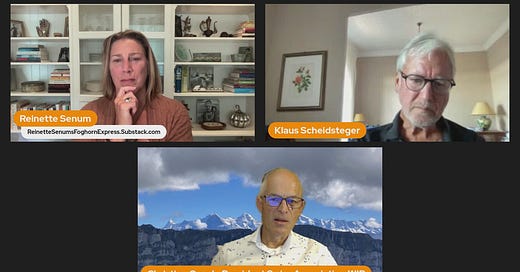


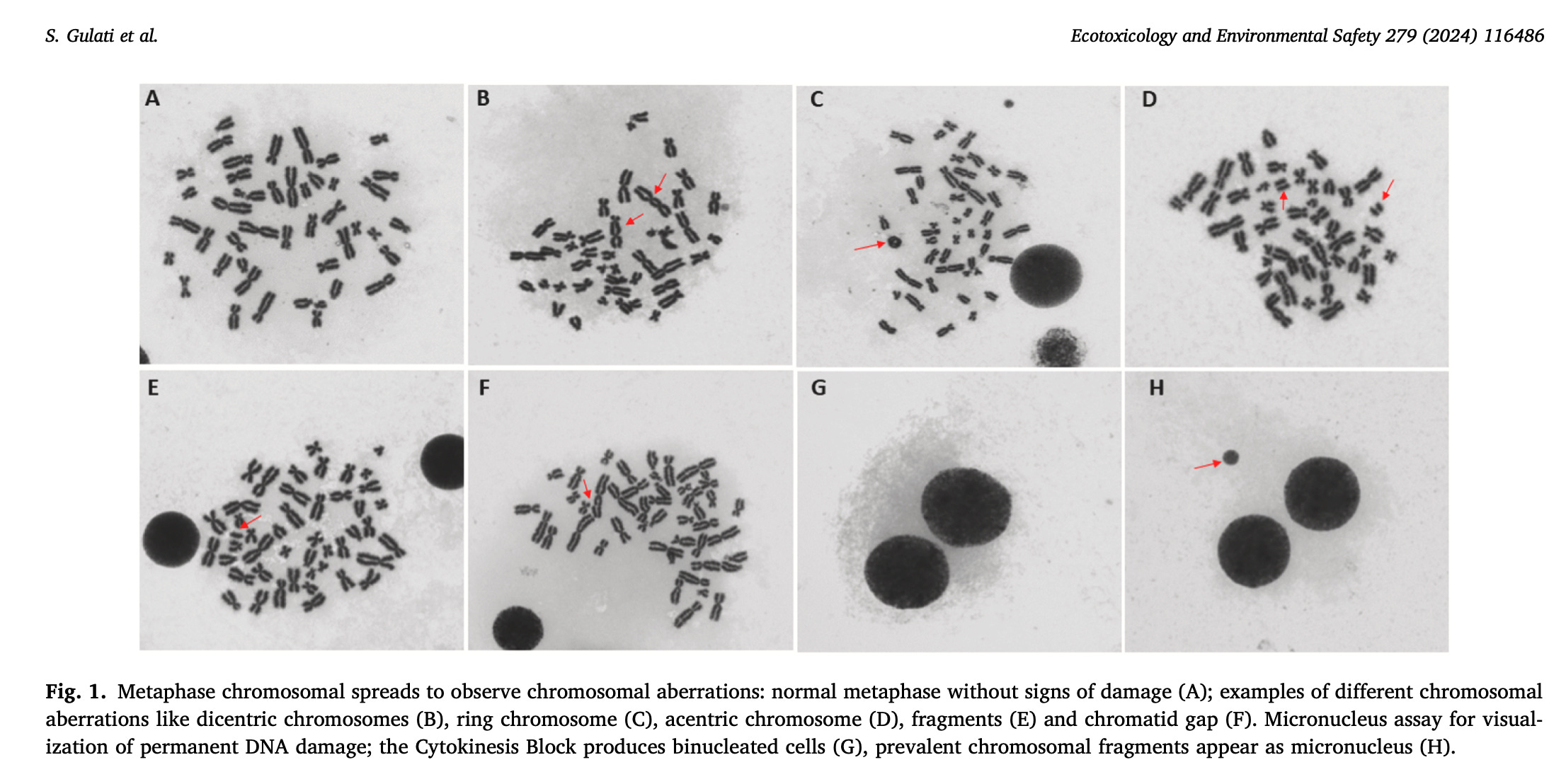
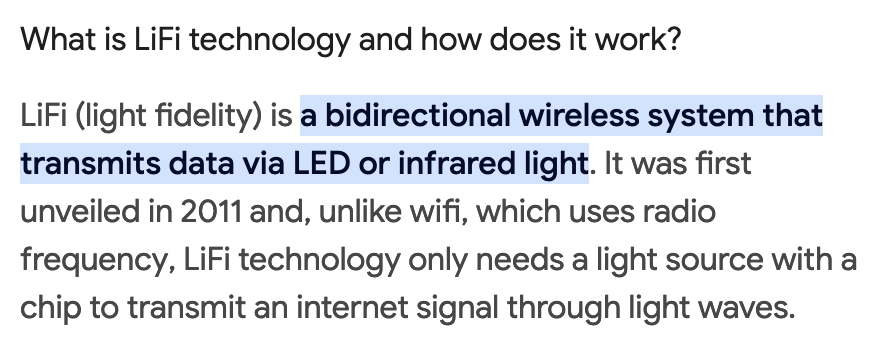
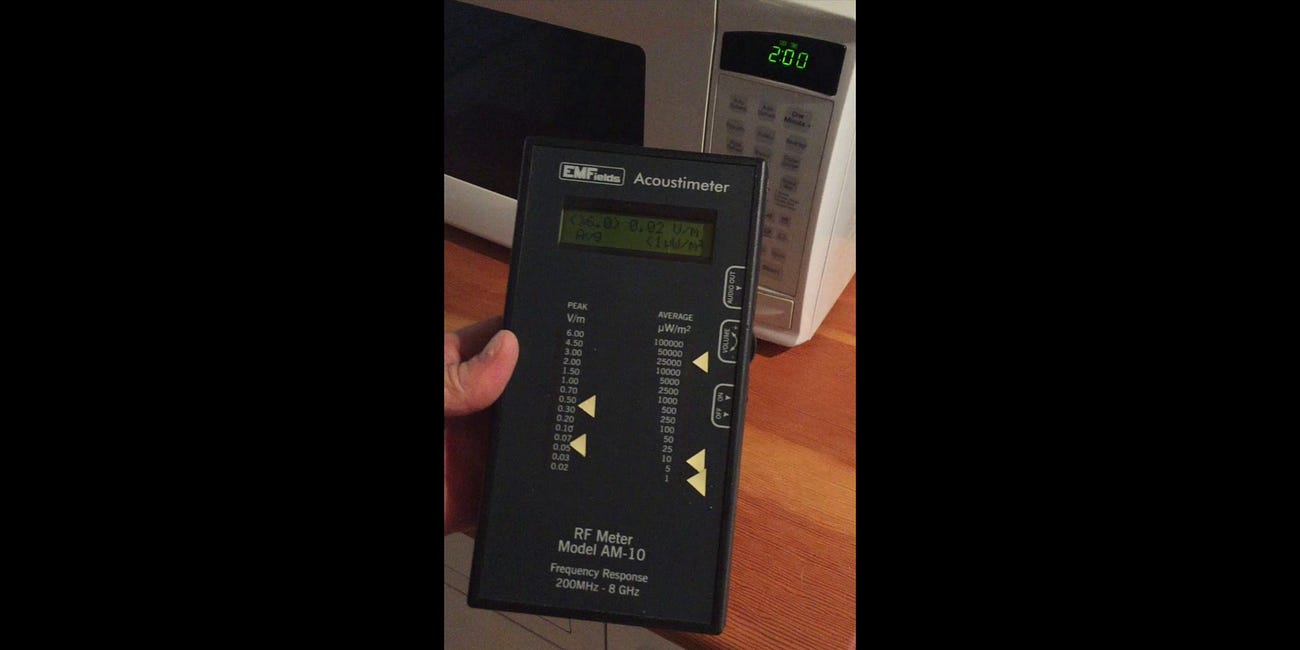

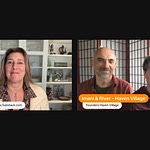
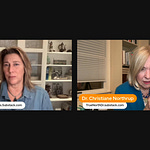





Share this post